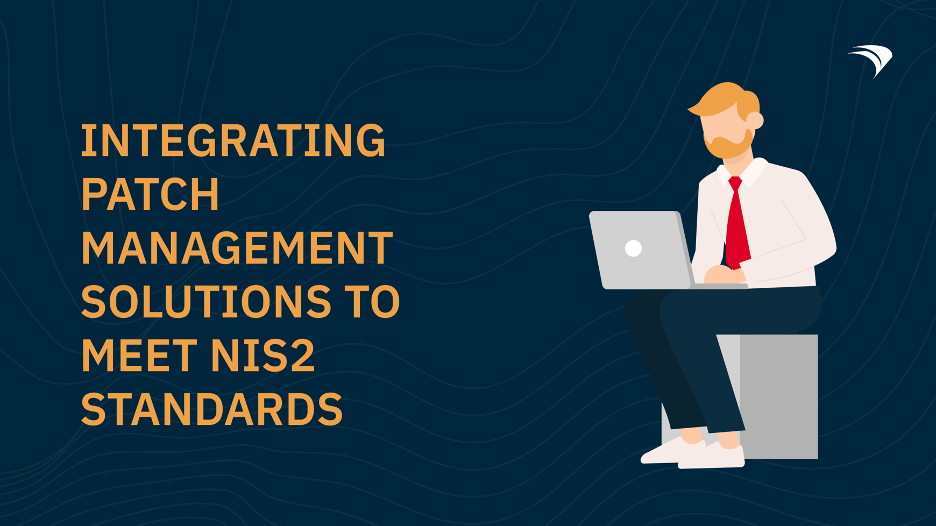Understanding On-Premise IT Operations
On-premise IT operations refer to the deployment of hardware and software resources within a physical facility controlled by an organization. Unlike cloud-based solutions, where resources are hosted on external servers, on-premise solutions allow companies to maintain complete control over their infrastructure, including security and data management. In today’s data-driven landscape, understanding on-premise IT operations is crucial for organizations, particularly those within sectors requiring high-security measures, such as finance, defense, and healthcare.
Key Components of On-Premise IT Operations
Implementing on-premise IT operations involves various key components, including:
- Hardware: This includes servers, storage devices, and networking equipment that facilitate the operations of IT applications.
- Software: Applications and systems software tailored to meet specific organizational needs, often involving significant customization.
- Data Management: Organizations are responsible for managing data integrity, backups, and compliance with regulations.
- Security Infrastructure: Protection mechanisms tailored to the organization’s needs, including firewalls, intrusion detection systems, and physical security measures.
Orbit.eco’s Expertise in On-Premise IT Operations
At Orbit.eco, we specialize in providing robust on-premise IT solutions that cater to diverse industries, particularly those with high-security needs. Our deep understanding of machine-centric and device-centric Unified Endpoint Management (UEM) positions us uniquely in the market. We empower organizations to implement secure IT operations with features that include:
- Declarative Device Management (DDM): Simplifies the device management process by allowing for seamless updates and configurations.
- Real-Time Asset Monitoring: Provides organizations the capability to monitor their assets proactively, ensuring operational efficiency.
- Advanced Security Features: Specifically tailored for high-security industries, reinforcing the integrity and confidentiality of sensitive data.
Benefits of On-Premise IT Operations
On-premise IT operations offer numerous advantages, including:
- Enhanced Control: Organizations have complete authority over their IT environment, from infrastructure to software choices.
- Customization: On-premise solutions can be tailored to fit the specific needs of the organization, ensuring they align with their operational goals.
- Compliance: Easier data management supports compliance with industry regulations and standards.
- Security: Organizations can implement their security protocols, providing a higher level of assurance compared to third-party cloud solutions.
Challenges of On-Premise IT Operations
While there are significant benefits, on-premise IT operations come with challenges, such as:
- Initial Costs: High upfront expenses for hardware and software acquisition.
- Maintenance: Ongoing costs related to infrastructure upkeep and necessary upgrades can strain resources.
- Scalability: As organizations grow, scaling on-premise solutions can be difficult without substantial investments in new hardware and technologies.
Measuring the ROI of On-Premise IT Operations
Understanding the Return on Investment (ROI) for on-premise IT operations is essential for justifying the initial costs and ongoing expenses. Here are several key metrics to consider:
- Cost of Ownership: Analyze direct costs associated with hardware, software, and labor compared to the anticipated benefits of control and security.
- Operational Efficiency: Improved uptime and performance can lead to a significant increase in productivity, directly influencing revenue.
- Compliance Cost Savings: By maintaining compliance, organizations can avoid costly fines and penalties associated with data breaches.
Practical Examples of On-Premise IT Operations
Consider a financial institution implementing an on-premise solution to secure sensitive client data. By managing its IT resources internally, the bank can deploy customized security protocols specifically designed for the financial services sector. This not only enhances data security but also provides the institution the flexibility to respond rapidly to regulatory changes.
Conclusion
In summary, on-premise IT operations offer organizations the ability to maintain control, enhance security, and customize their infrastructure to meet specific needs. With Orbit.eco’s expertise in Unified Endpoint Management, we provide innovative solutions tailored to the unique demands of high-security industries. By analyzing the benefits and challenges associated with on-premise operations and understanding the ROI, organizations can make informed decisions that align with both their operational goals and security requirements.
FAQ
What are on-premise IT operations?
On-premise IT operations involve deploying hardware and software resources within an organization’s physical facility, allowing full control over infrastructure, security, and data management.
What are the main advantages of on-premise solutions?
Key advantages include enhanced control, customization, compliance, and security over organizational data and operations.
What are some challenges to consider with on-premise IT?
Challenges include initial costs, ongoing maintenance, and potential scalability issues as the organization grows.





